

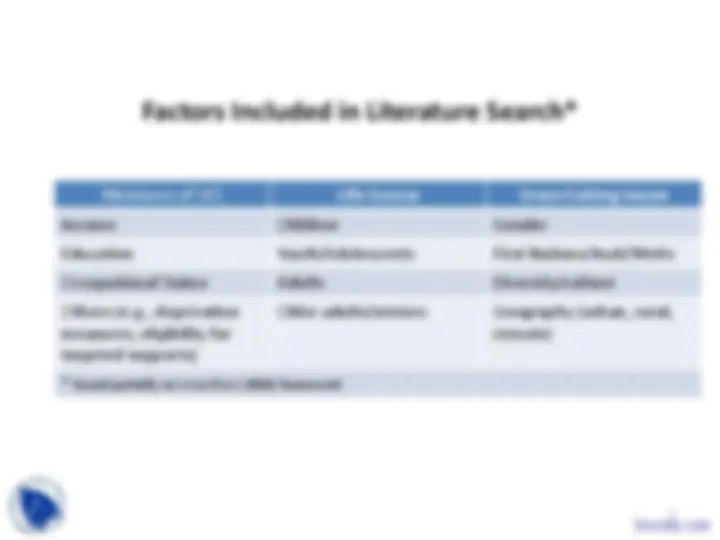


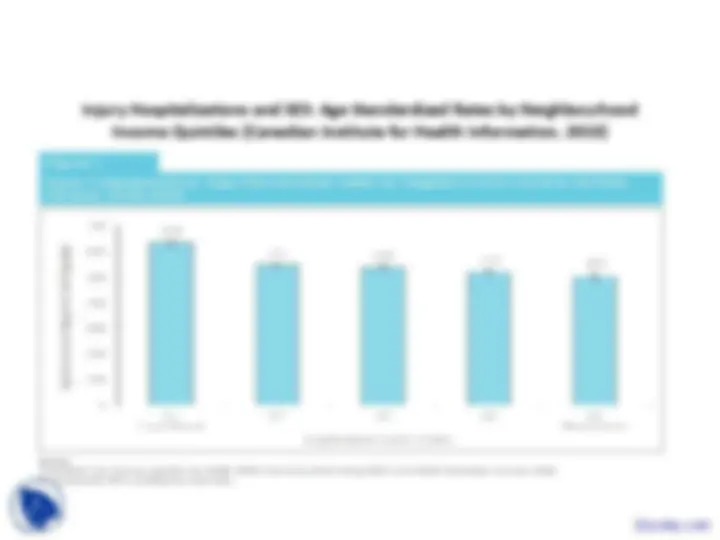
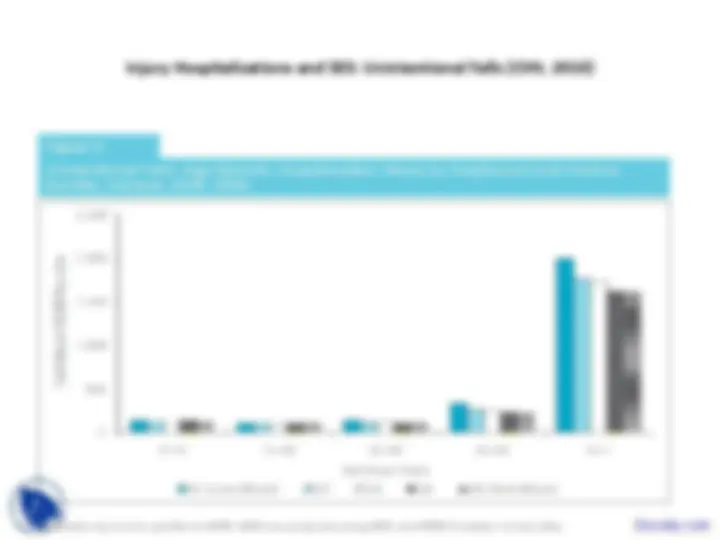

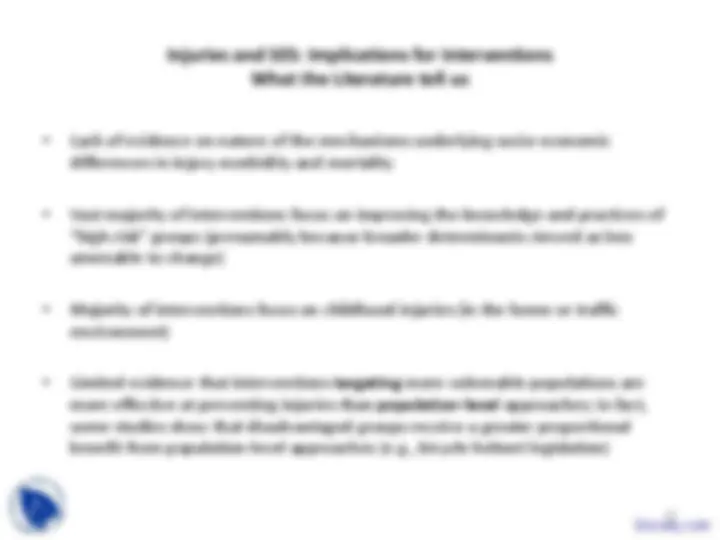
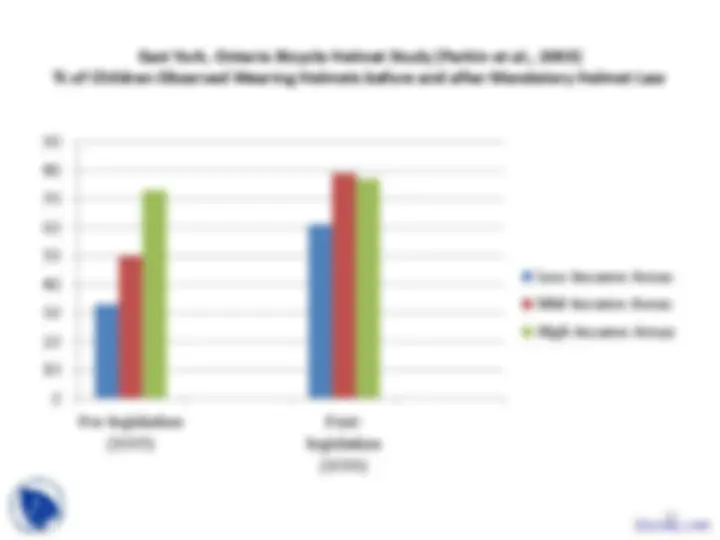


Study with the several resources on Docsity

Earn points by helping other students or get them with a premium plan


Prepare for your exams
Study with the several resources on Docsity

Earn points to download
Earn points by helping other students or get them with a premium plan
Community
Ask the community for help and clear up your study doubts
Discover the best universities in your country according to Docsity users
Free resources
Download our free guides on studying techniques, anxiety management strategies, and thesis advice from Docsity tutors
In the social legislation we study these key concepts:Effectiveness, Interventions Addressing, Determinants of Injuries, Population, Determinants, Social Status, Including Income, Canadian Senate, Population Health, Health Outcomes
Typology: Slides
1 / 17

This page cannot be seen from the preview
Don't miss anything!










Health inequities
primarily attributable to population-level disparities in the social determinants of health, including income, social status, education, and employment.
Subcommittee on Population Health¹ concluded that about 50% of health outcomes are attributable to social-economic factors
¹ Keon, W. J., and Pepin, L. (2009) A Healthy Productive Canada: A Determinant of Health Approach Ottawa: The Senate Subcommittee on Population Health
Factors Included in Literature Search*
Measures of SES Life Course Cross-Cutting Issues
Income Children Gender
Education Youth/Adolescents First Nations/Inuit/Metis
Occupational Status Adults Diversity/culture
Others (e.g., deprivation measures, eligibility for targeted supports)
Older adults/seniors Geography (urban, rural, remote)
5
6
8
Injuries and SES: what the literature tells us
Exceptions to Inverse Gradient B/W Injury and
SES
9
Injury Hospitalizations and SES: Unintentional Falls (CIHI, 2010)
Injury Hospitalizations and SES: Motor Vehicle Traffic Injuries (CIHI, 2010)
Explanatory Factors for the Relationship between SES and Injury*
Individual Factors
Family-Related Factors
Community/Social Factors
15
prevention programs are comprehensive and
multi-faceted (i.e., the “three Es”: education,
engineering and enforcement ). Unclear to
what extent these programs are reducing (or
potentially exacerbating?) socio-economic
inequities in injury outcomes
evidence base on how best to avoid – or (^) Docsity.com^17
Conclusions
18